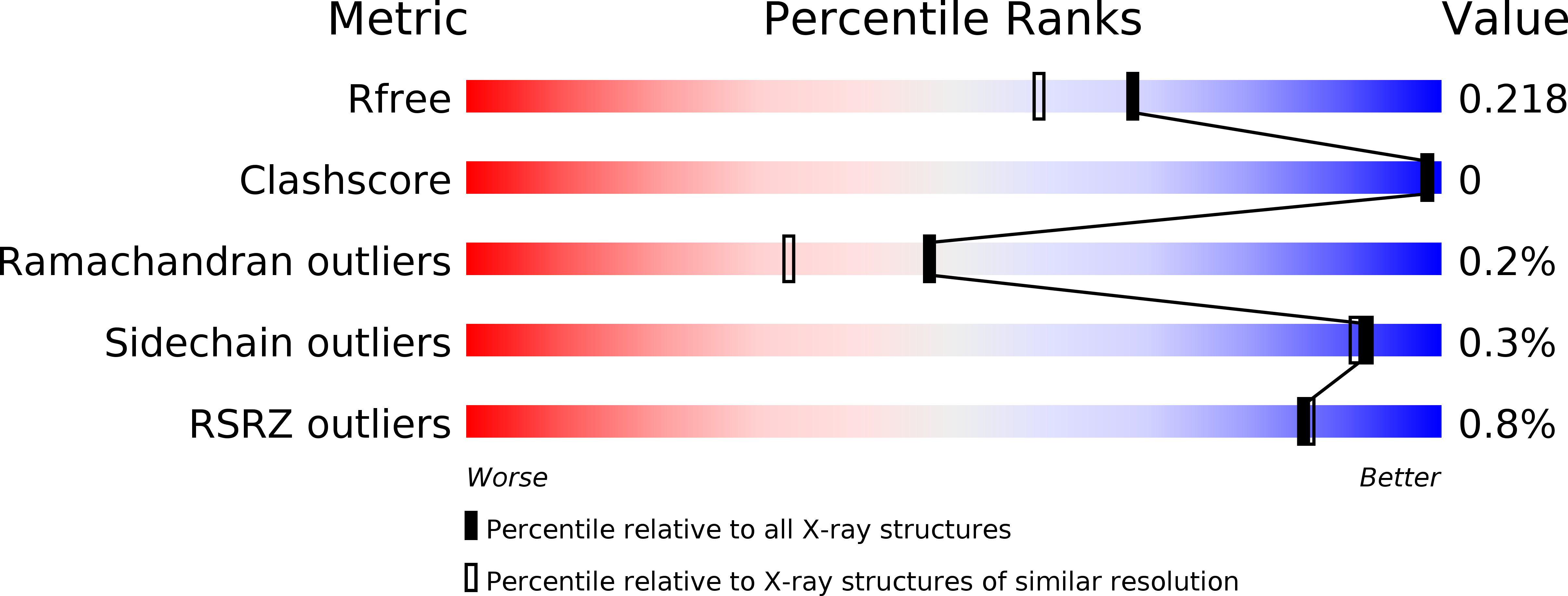
Deposition Date
2017-05-30
Release Date
2017-11-01
Last Version Date
2025-10-01
Entry Detail
Biological Source:
Source Organism:
Cricetulus griseus (Taxon ID: 10029)
Host Organism:
Method Details:
Experimental Method:
Resolution:
1.86 Å
R-Value Free:
0.21
R-Value Work:
0.19
R-Value Observed:
0.19
Space Group:
P 1 21 1


